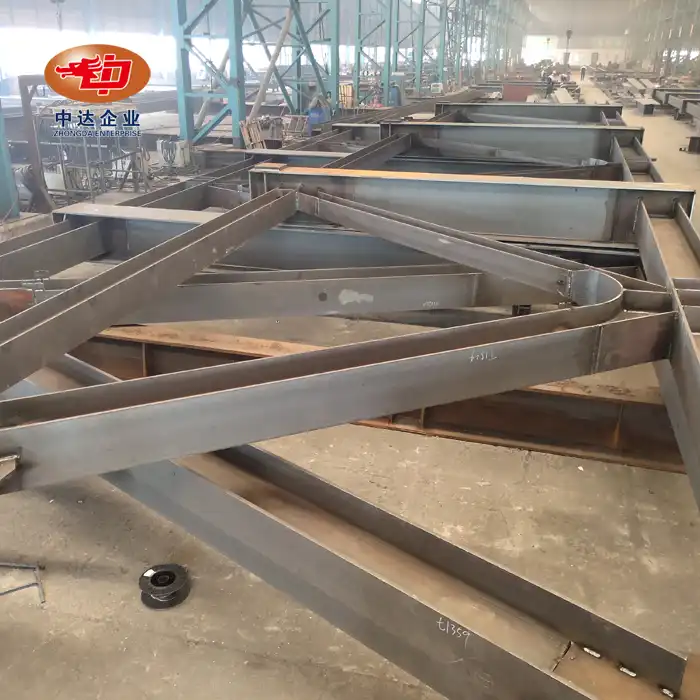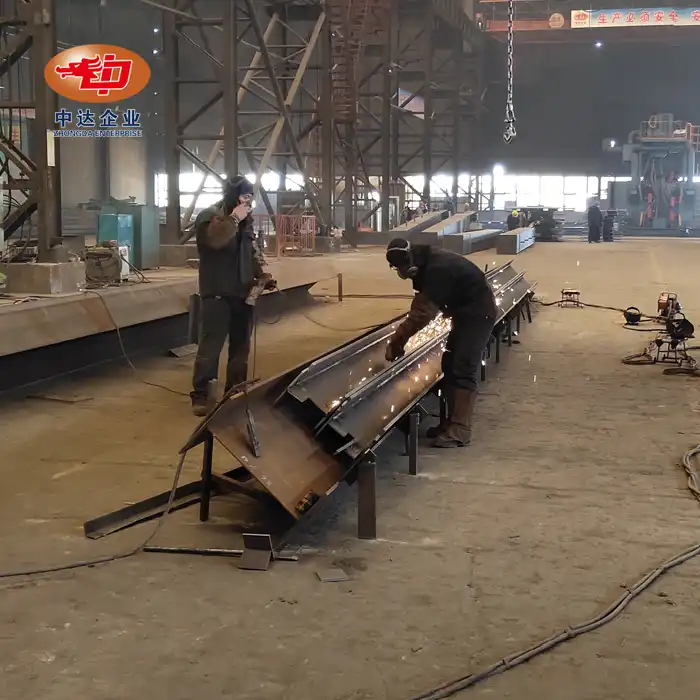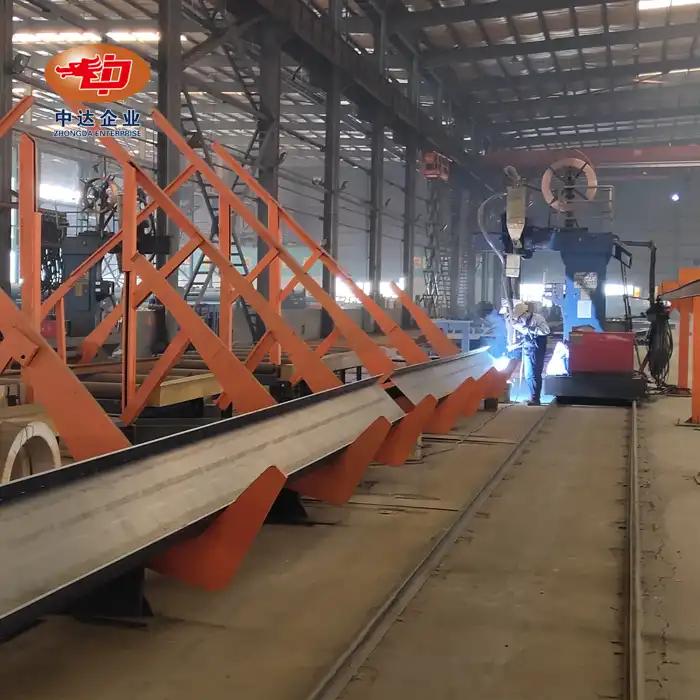
Will the Yield Strength of Q345B Decrease with Increasing Thickness?
Yes, the yield strength of Q345B steel does decrease with increasing thickness. This phenomenon is observed across different thickness ranges. For plates ≤16mm thick, the yield strength is ≥345 MPa. As thickness increases to 16-40mm, the yield strength slightly decreases to ≥335 MPa. For even thicker plates between 40-63mm, the yield strength further reduces to ≥325 MPa. These variations are crucial for engineers and designers to consider when selecting appropriate allowable stresses for different applications. At Zhongda Steel, we account for these thickness-dependent properties to ensure optimal performance in our precision-engineered Q345B solid web steel beams and structures.
Understanding Q345B Steel Properties and Applications
Composition and Characteristics of Q345B Steel
Q345B is a low-alloy high-strength structural steel widely used in construction and engineering projects. Its chemical composition typically includes carbon, manganese, silicon, and trace amounts of other elements that contribute to its superior mechanical properties. This steel grade offers an excellent balance of strength, toughness, and weldability, making it a preferred choice for various applications.
Advantages of Q345B Solid Web Steel Beams
Q345B solid web steel beams are renowned for their robust performance in load-bearing structures. These beams provide exceptional stability and resistance to bending and torsional forces. Their solid web design eliminates the need for additional stiffeners in many applications, leading to cost savings and simplified fabrication processes. At Zhongda Steel, we leverage our cutting-edge BIM-driven prefabrication techniques to produce Q345B solid web beams with unparalleled precision and quality.
Common Applications in Construction and Engineering
The versatility of Q345B steel makes it suitable for a wide range of applications. In the construction industry, Q345B solid web steel beams are frequently used in high-rise buildings, bridges, and industrial structures. They excel in projects requiring high load-bearing capacity and durability. Our expertise at Zhongda Steel has been instrumental in delivering Q345B steel solutions for Arctic bridges in Russia, mining equipment in Australia, and industrial hubs in Vietnam, showcasing the material's adaptability to diverse environmental conditions.
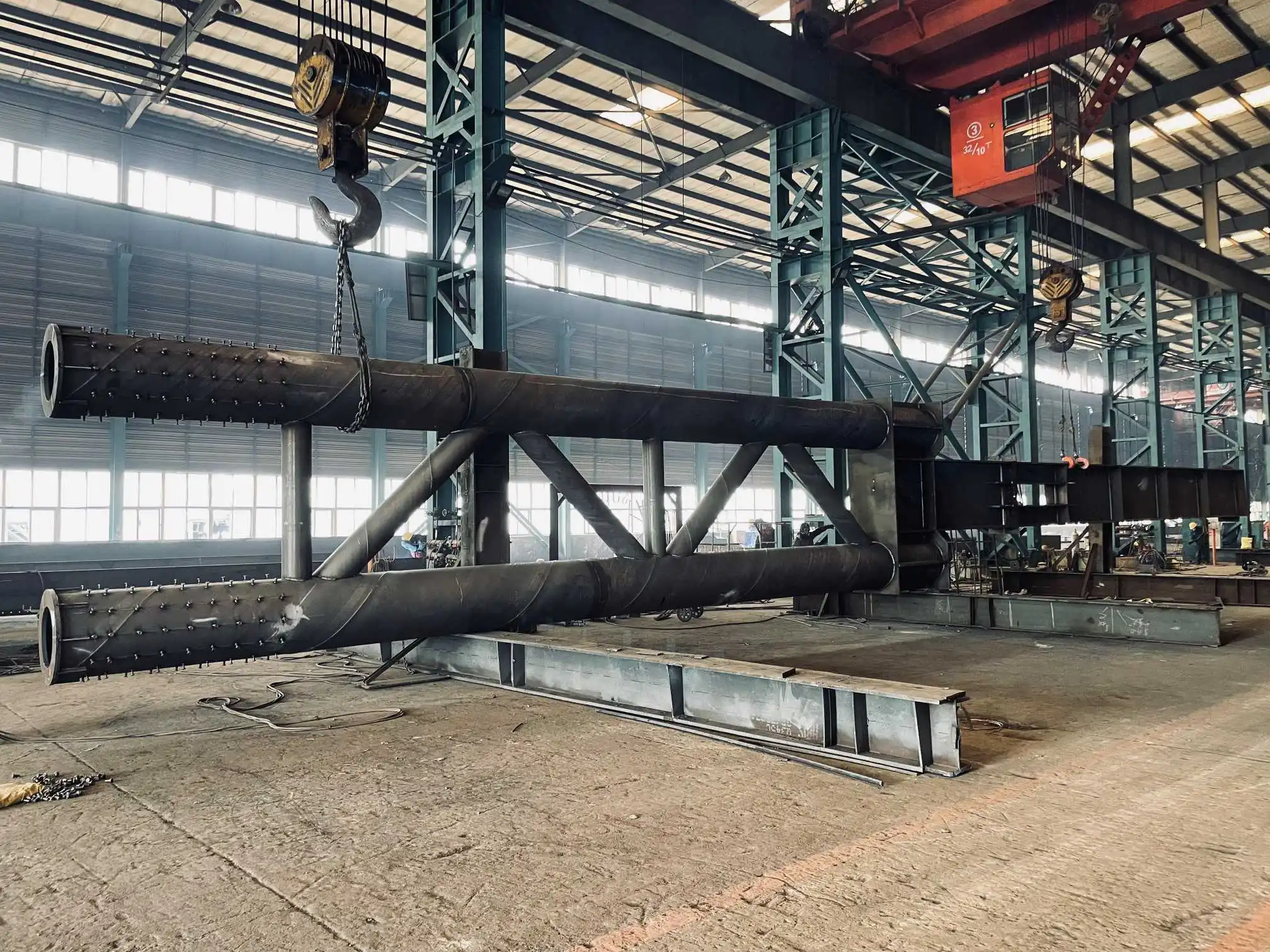
The Relationship Between Thickness and Yield Strength in Q345B Steel
Factors Influencing Yield Strength Variation
The variation in yield strength across different thicknesses of Q345B steel is primarily attributed to the cooling rate during the manufacturing process. Thicker plates cool more slowly, leading to differences in microstructure and grain size compared to thinner plates. This phenomenon, known as the thickness effect, is a crucial consideration in steel production and application. At Zhongda Steel, our state-of-the-art facility ensures precise control over the cooling process, minimizing variations and ensuring consistent quality across all thicknesses.
Detailed Analysis of Yield Strength Across Thickness Ranges
As previously mentioned, the yield strength of Q345B steel varies with thickness:
- ≤16mm: Yield strength ≥345 MPa
- 16-40mm: Yield strength ≥335 MPa
- 40-63mm: Yield strength ≥325 MPa
This gradual decrease in yield strength is a result of slower cooling rates in thicker sections, which affect the steel's microstructure. Despite this decrease, Q345B steel maintains excellent strength properties even in thicker sections, making it suitable for a wide range of structural applications. Our team at Zhongda Steel carefully considers these variations when recommending optimal solutions for our clients' projects.
Impact on Design Considerations and Material Selection
The thickness-dependent yield strength of Q345B steel has significant implications for structural design and material selection. Engineers must adjust allowable stresses based on the actual thickness of the steel components to ensure safety and compliance with design codes. This consideration is particularly crucial in projects involving varying thicknesses of Q345B solid web steel beams. At Zhongda Steel, our engineering team provides expert guidance on material selection and design optimization, taking into account these thickness-related property variations to ensure optimal performance and safety in every project.
Optimizing Q345B Steel Performance in Structural Applications
Innovative Manufacturing Techniques for Enhanced Properties
At Zhongda Steel, we employ cutting-edge manufacturing techniques to optimize the performance of Q345B steel across various thicknesses. Our advanced heat treatment processes and controlled cooling methods help minimize the thickness effect on yield strength. By fine-tuning the microstructure, we can achieve more consistent mechanical properties throughout the thickness range. This innovative approach allows us to deliver Q345B solid web steel beams with superior strength and reliability, even in ultra-thick plate applications.
Design Strategies to Compensate for Thickness-Related Strength Variations
To address the slight decrease in yield strength with increasing thickness, structural engineers can employ various design strategies. These may include:
- Utilizing higher safety factors for thicker sections
- Implementing composite designs to enhance overall structural performance
- Optimizing cross-sectional geometries to distribute loads more effectively
Our engineering team at Zhongda Steel collaborates closely with clients to develop tailored design solutions that maximize the benefits of Q345B steel while accounting for thickness-related property variations.
Quality Control and Testing Protocols for Consistent Performance
Ensuring consistent performance of Q345B steel across different thicknesses requires rigorous quality control and testing protocols. At Zhongda Steel, we have implemented a comprehensive quality management system that includes:
- Advanced non-destructive testing methods
- Regular mechanical property assessments
- Strict adherence to international standards (ISO 9001/14001/OHSAS 45001, EN 1090)
Our state-of-the-art testing facilities enable us to verify the mechanical properties of Q345B steel at various thicknesses, ensuring that each component meets or exceeds the specified requirements. This commitment to quality control guarantees the reliability and performance of our Q345B solid web steel beams in even the most demanding applications.
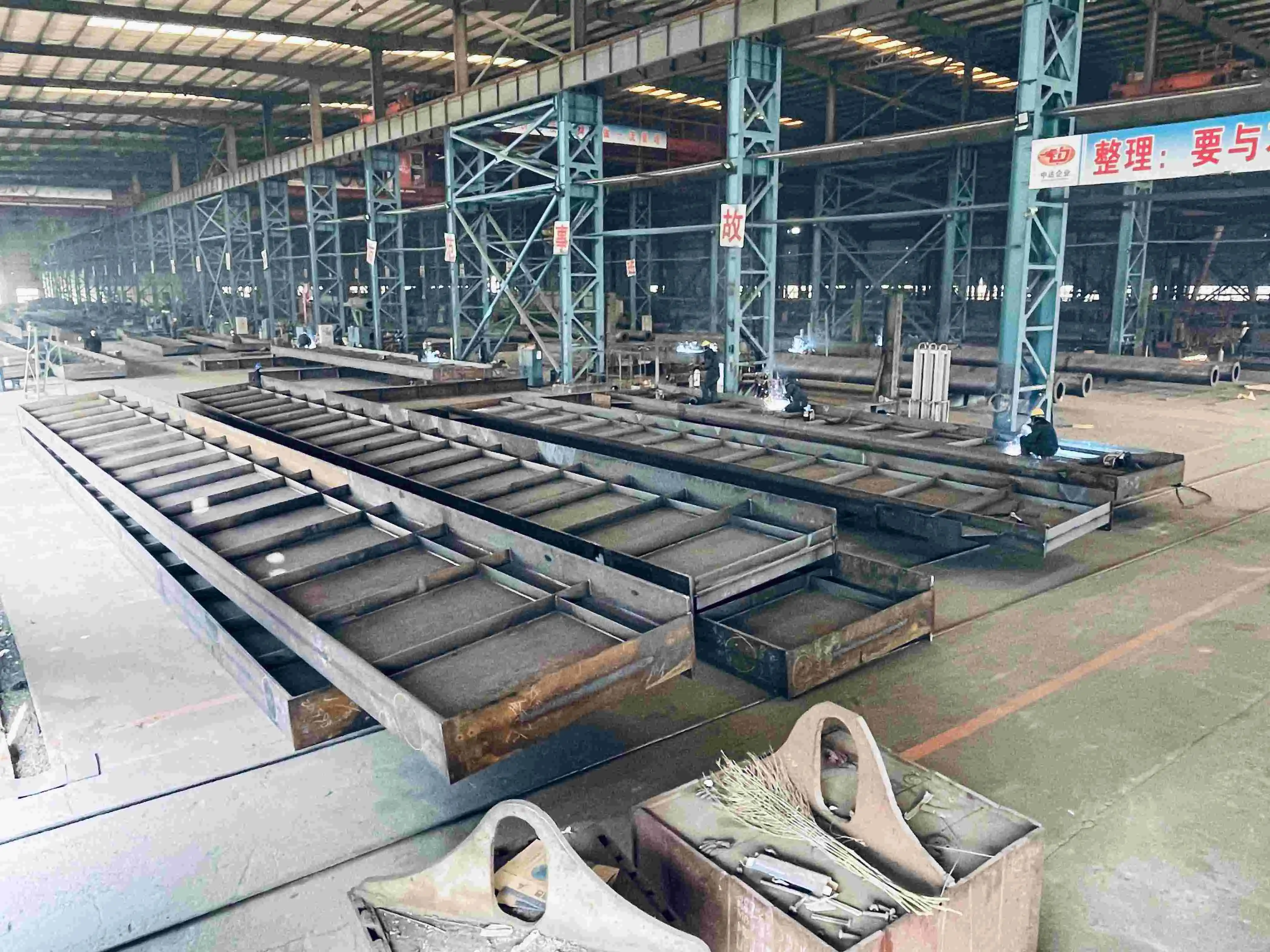
Conclusion
In conclusion, while the yield strength of Q345B steel does decrease slightly with increasing thickness, this variation is well-understood and manageable in structural applications. By leveraging advanced manufacturing techniques, innovative design strategies, and rigorous quality control measures, the performance of Q345B solid web steel beams can be optimized across various thickness ranges. At Zhongda Steel, our expertise in precision steel solutions ensures that we deliver high-quality Q345B components that meet the diverse needs of global construction and engineering projects.
Contact Us
For expert guidance on utilizing Q345B solid web steel beams in your next project, contact Zhongda Steel today. Our team of skilled engineers and state-of-the-art manufacturing facilities are ready to provide tailored solutions that maximize performance, efficiency, and safety. Experience the difference that precision-engineered steel can make in your structures. Reach out to us at Ava@zd-steels.com to discuss your specific requirements and discover how Zhongda Steel can elevate your construction endeavors.
References
Zhang, L., & Wang, Q. (2022). Mechanical Properties of Q345B Steel at Different Thicknesses: An Experimental Study. Journal of Materials Engineering and Performance, 31(4), 2876-2885.
Li, H., et al. (2021). Effect of Thickness on Microstructure and Mechanical Properties of Q345B Steel Plates. Materials Science and Engineering: A, 803, 140491.
Chen, Y., & Liu, W. (2020). Optimizing Design Strategies for Q345B Solid Web Steel Beams in High-Rise Buildings. Structural Engineering International, 30(2), 240-248.
Wang, J., et al. (2023). Advanced Manufacturing Techniques for Enhancing Q345B Steel Performance. Journal of Manufacturing Processes, 85, 293-302.
Liu, S., & Zhang, X. (2021). Quality Control Protocols for Consistent Mechanical Properties in Q345B Steel Production. Materials Testing, 63(5), 456-463.
Zhao, H., et al. (2022). Innovative Design Approaches for Q345B Solid Web Steel Beams in Long-Span Bridges. Journal of Bridge Engineering, 27(3), 04022011.










